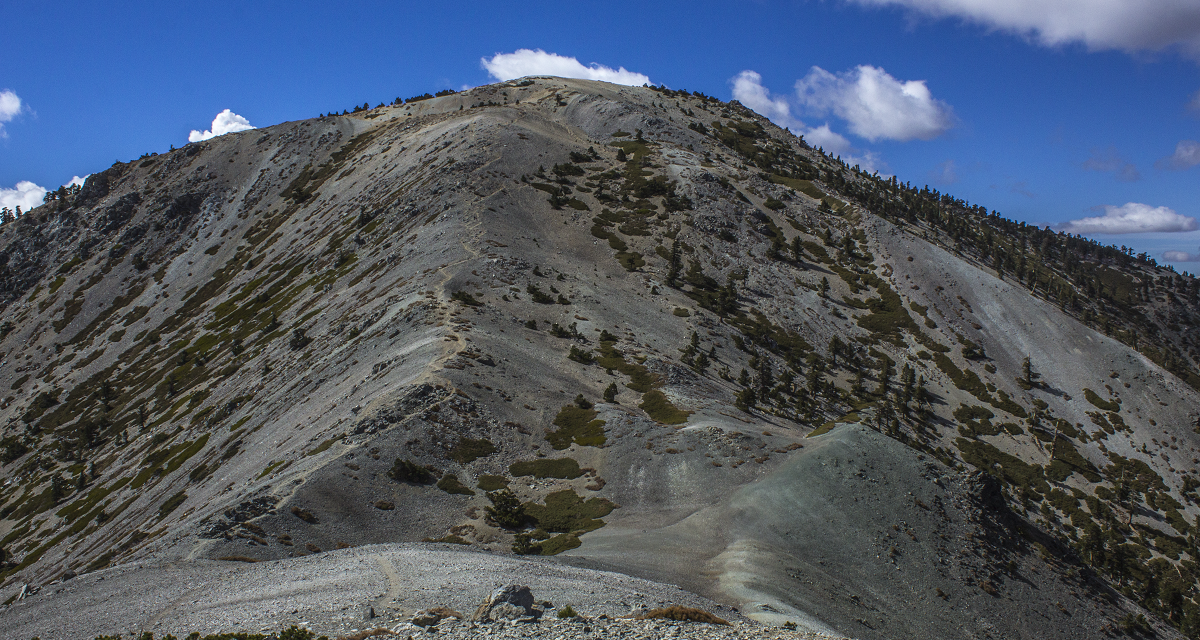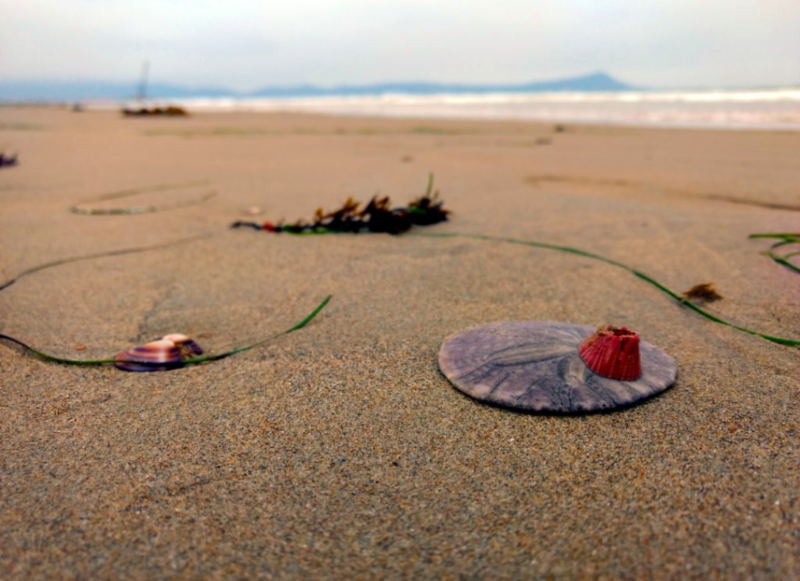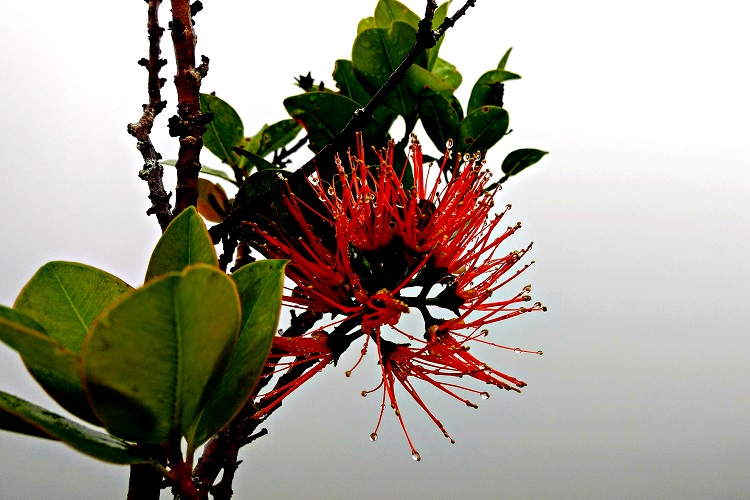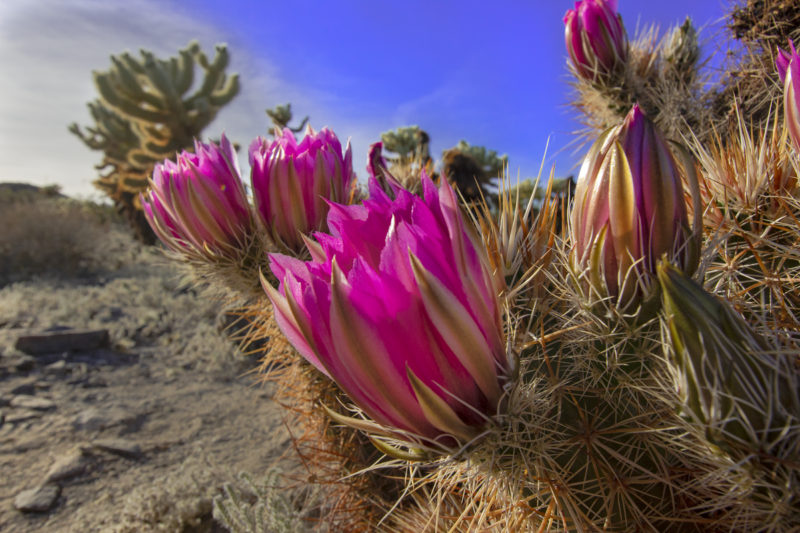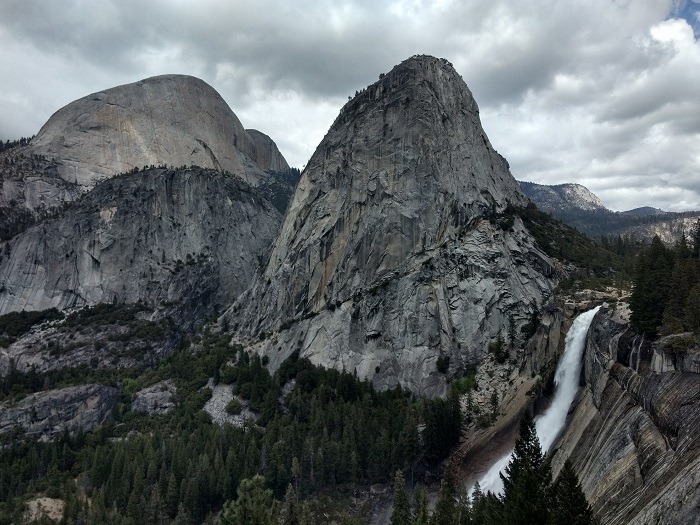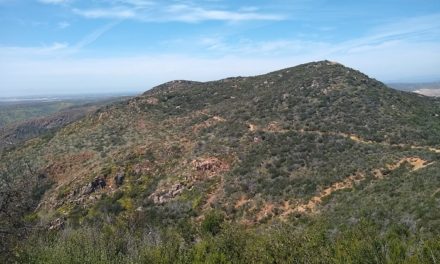The Six Packs of Peaks Challenge is Southern California’s most popular hiking challenge. The challenge encourages participants to hike six out of twelve Southern California peaks over the course of one year. While taking on six peaks may not sound difficult, the peaks themselves certainly can be. I want to share tips I learned while completing the Southern California Six Pack of Peaks Challenge.
How The Six Pack Of Peaks Challenge Works
The Southern California Six Pack of Peaks Challenge has changed a bit over the years. In the current form, there are nine peaks to choose from and the goal is to hike any six peaks in any order. Originally the challenge included only six peaks but in recent years the creators changed up the challenge.
2021 Six Pack of Peak Challenges
- Cucamonga Peak
- Mount Baldy (San Antonio)
- Mount San Jacinto
- Mount-Baden Powell
- Ontario Peak
- Sitton Peak
- Sawmill Mountain
- Strawberry Peak
- Santiago Peak
The San Diego Peaks
- Volcan Mountain
- Cuyamaca Peak
- Mount Woodson
- Hot Springs Mountain
- High Point
- El Cajon Mountain
Six Pack Of Peaks Tips
The original challenge was aimed at helping people to prepare for more difficult hikes like climbing Mount Whitney. The idea was to start with the least challenging and work your way up to the most challenging. In the past, the final hike would be Southern California’s tallest peak, San Gorgonio Mountain.
1. Know Your Goals
What are you hiking for? Are you choosing this challenge to just get outside? Are you picking this challenge to say you’ve hiked some of the most difficult trails in Southern California? Are you training for more difficult hikes like Mount Whitney? If your goal is just to get outside, consider some of the alternate peaks. Some of the trails are less difficult than the original peaks. If you really want to challenge yourself or are in a training regimen, stick with the original peaks. If you’re looking to just see some incredible views, do some research and pick and choose the best sounding trails.
2. Research The Trails
Some of these trails wind through some of the remote places in Southern California. In many areas, cell phone reception is spotty at best and non-existent for the rest of the time. Doing a little bit of trail planning can help you mentally prepare for landmarks along the route. Proper planning can also help you to prepare to bring the right gear and enough food and water.
Many of these trails require an Adventure Pass or an America The Beautiful Pass at the very least. Some of the trails require day permits or overnight use permits if the intent is camping. The last thing you want is to come back to a parking ticket because of a lack of permit. Paying for a permit also helps to support local and federal agencies with trail maintenance and land management and preservation.
Trail guides to these hikes can be found by clicking on the highlighted trail names in this post.
3. Know The Weather
Some of these hikes contain some of the highest elevations in Southern California. Many of these trails experience all four seasons of weather. For example, during the winter months, San Jacinto and Mount Baldy are capped in ice and snow. These trails would not be a great idea to hike without any mountaineering experience. Therefore, for people who have never hiked in winter conditions before, some of these trails will be inaccessible during the heart of the winter.
Summer can bring some unbearably hot temperatures to some of these trails. The heat can make long hikes downright dangerous. These trails are also in areas that are at a high risk for wildfires. In 2018, many trails in the San Bernardino National Forest and San Gorgonio Wilderness were closed for several weeks because of a forest fire.
4. Take The Right Gear
Weather, trails, and season can all make an impact on what kind of gear you’re going to have to bring. Some trails may require layering when it comes to clothes. Other times, full on winter gear may be necessary. Will part of the trail need to be hiked in the dark? Will you need a flashlight? Extra food? Trekking poles? Researching the trail and weather conditions can help make an informed decision on what to bring. It can also mean the difference between a good time or a bad time by bringing too much or too little. The same can be said for carrying too much weight as well.
5. Leave No Trace
Aside from overall safety and preparation, one of the most important things to do on the trail is to leave no trace. Leave No Trace is a set of guidelines that encourages people to pack out what they back in and to leave a place in better condition than they found it. This means to pack out all trash that you carry with you and to dispose of any (biologcal waste included) properly.
Leave no trace principles also apply to more than just physical remnants. This includes being unnecessarily loud like hiking with loud speakers. Animals have ears that are far more sensitive than human. Noise can scare wildlife away from the area and change the surrounding ecology. Noise can also make the hiking experience less than ideal for other hikers.
6. Go At Your Own Pace
Taking on a hiking challenge can seem intimidating especially if you’ve never done it before. Along the trails you’ll come across a lot of different hikers – some quick, some slower than you, some seasoned, and some beginners. The important thing to remember is to go your own pace, learn from your experience, and most importantly, have fun. The more trails you encounter, the more you’ll learn.
On A Personal Note
Prior to taking on this challenge I had never really hiked any peaks of this magnitude before. The first trail I hiked in this challenge was actually an alternate peak: Mount-Baden Powell. Out of the six peaks that I hiked for this challenge, I thought this trail was one of the easier ones.
By doing this trail first, I learned a lot about what I needed to bring with me for future hikes. Long story short, I was grossly unprepared for a cold January day at the peak. You can read about my full learning experience here.
For those looking at taking the Southern California Six Pack of Peaks Challenge, check out my trail guides mentioned in this article. Also check out the Six Pack Of Peak Challenge website for more information.
Do you have any additional tips or recommendations to share with other hikers looking to complete the challenge? Share them in the comments section below.

